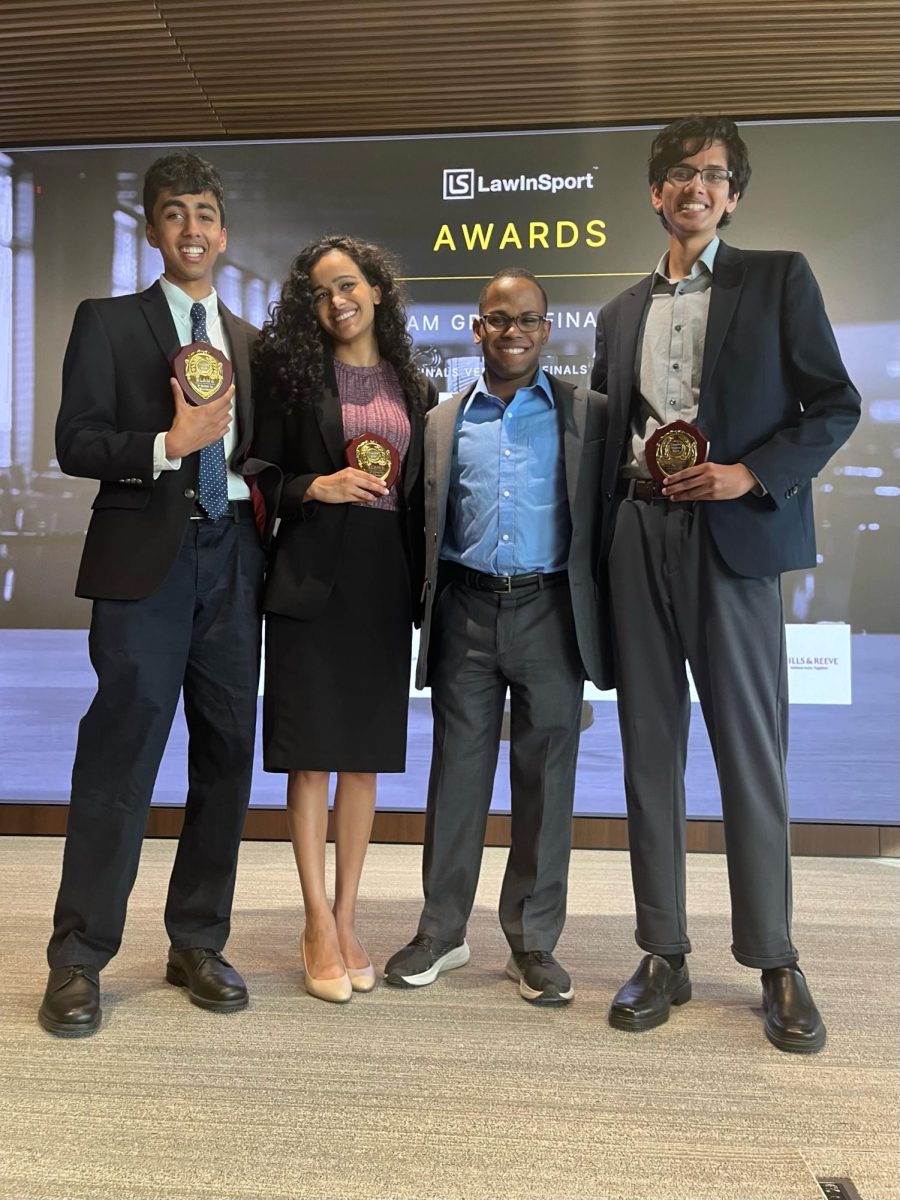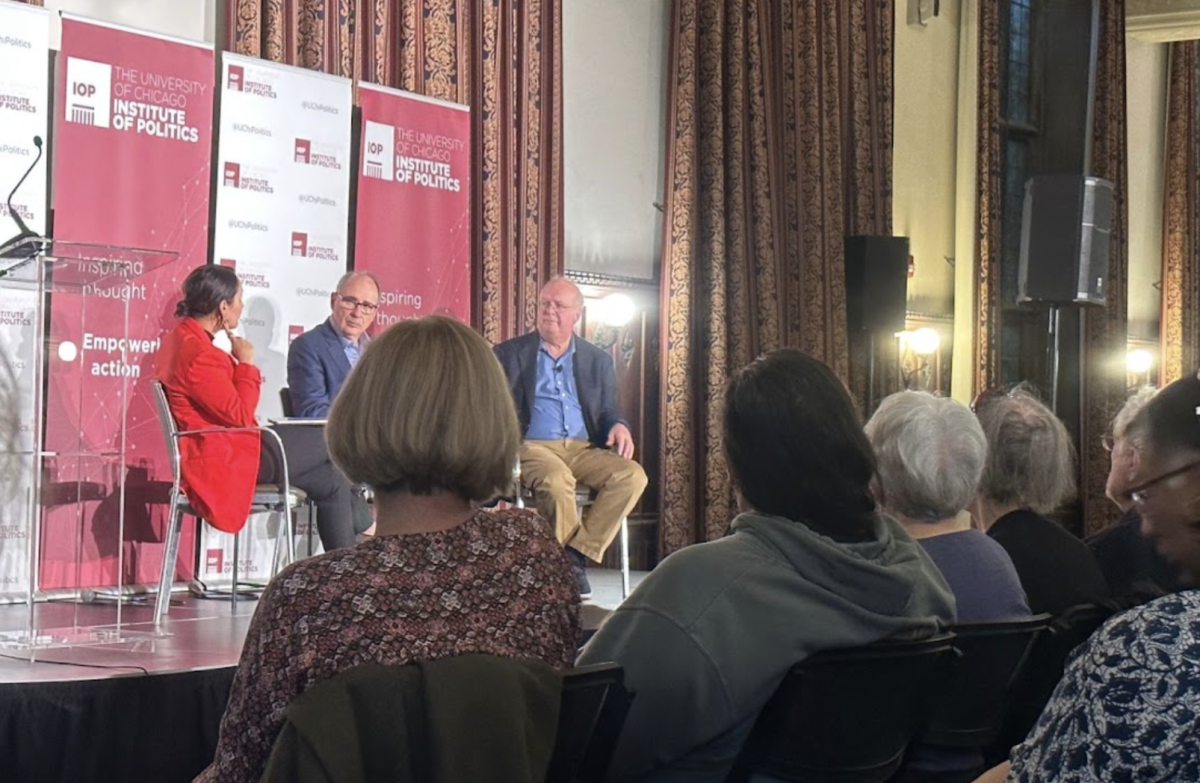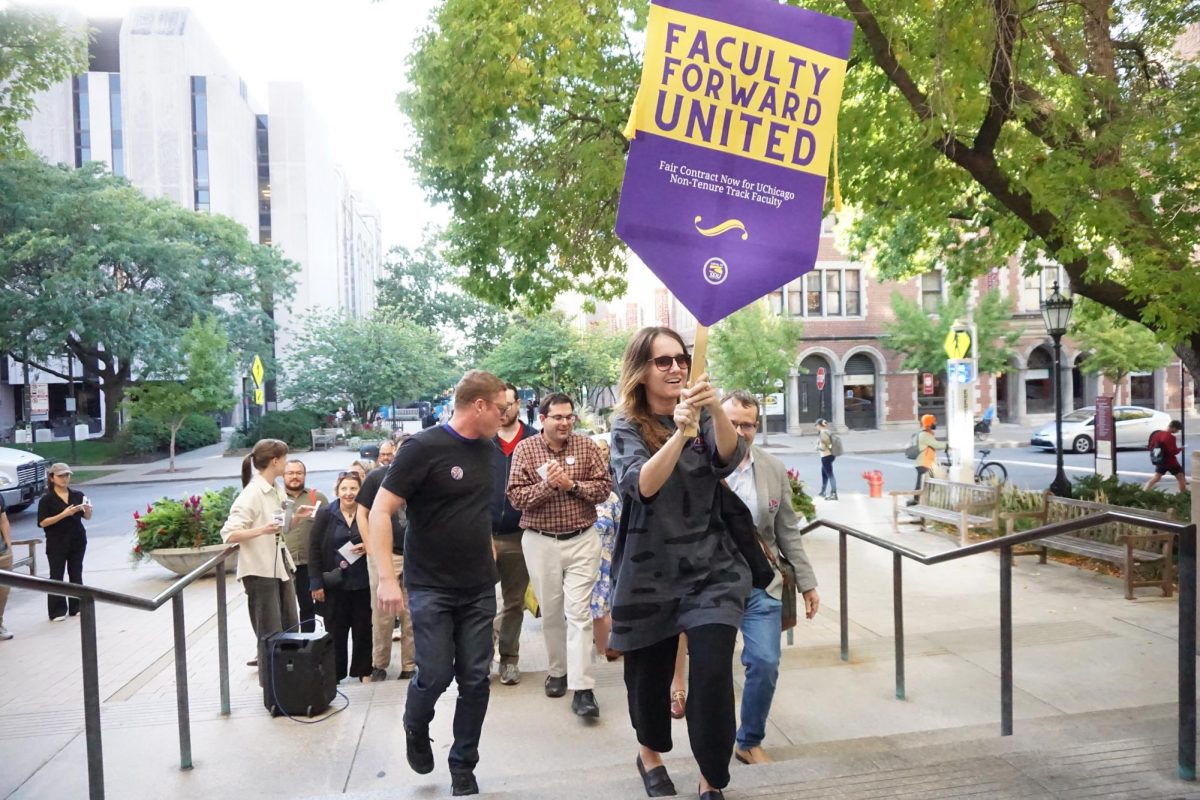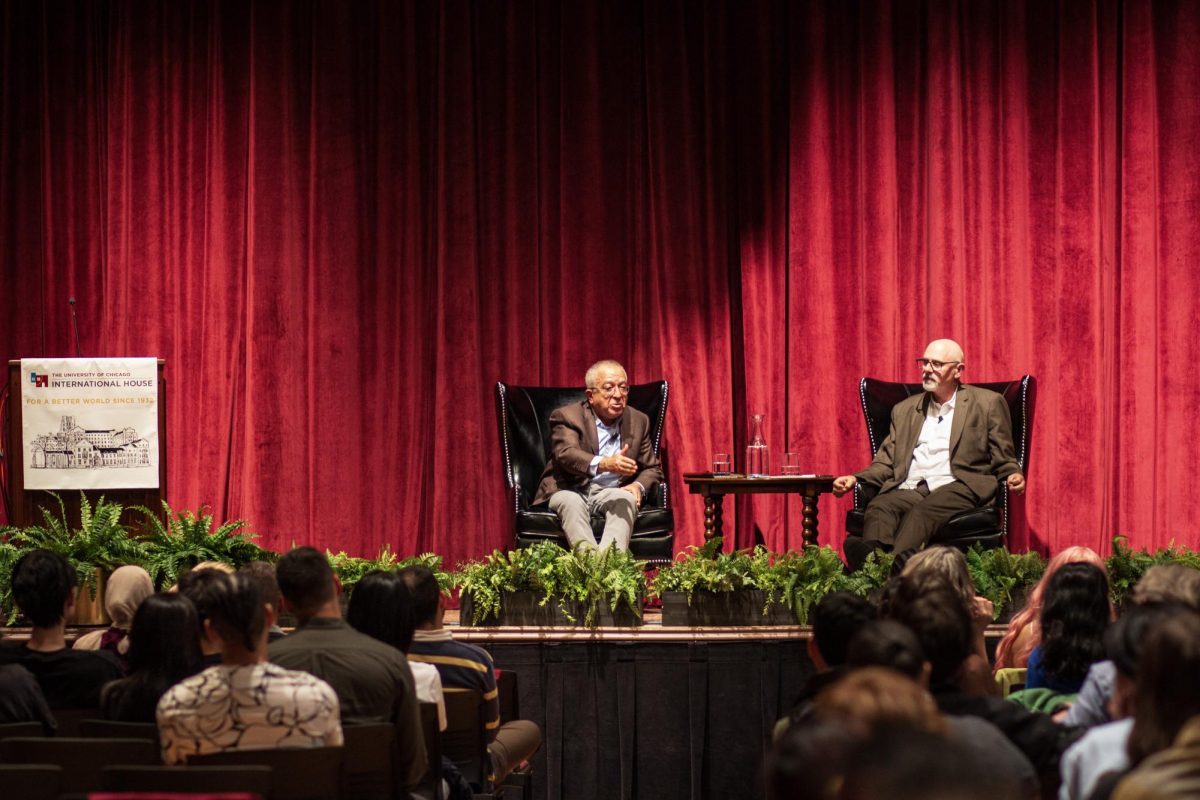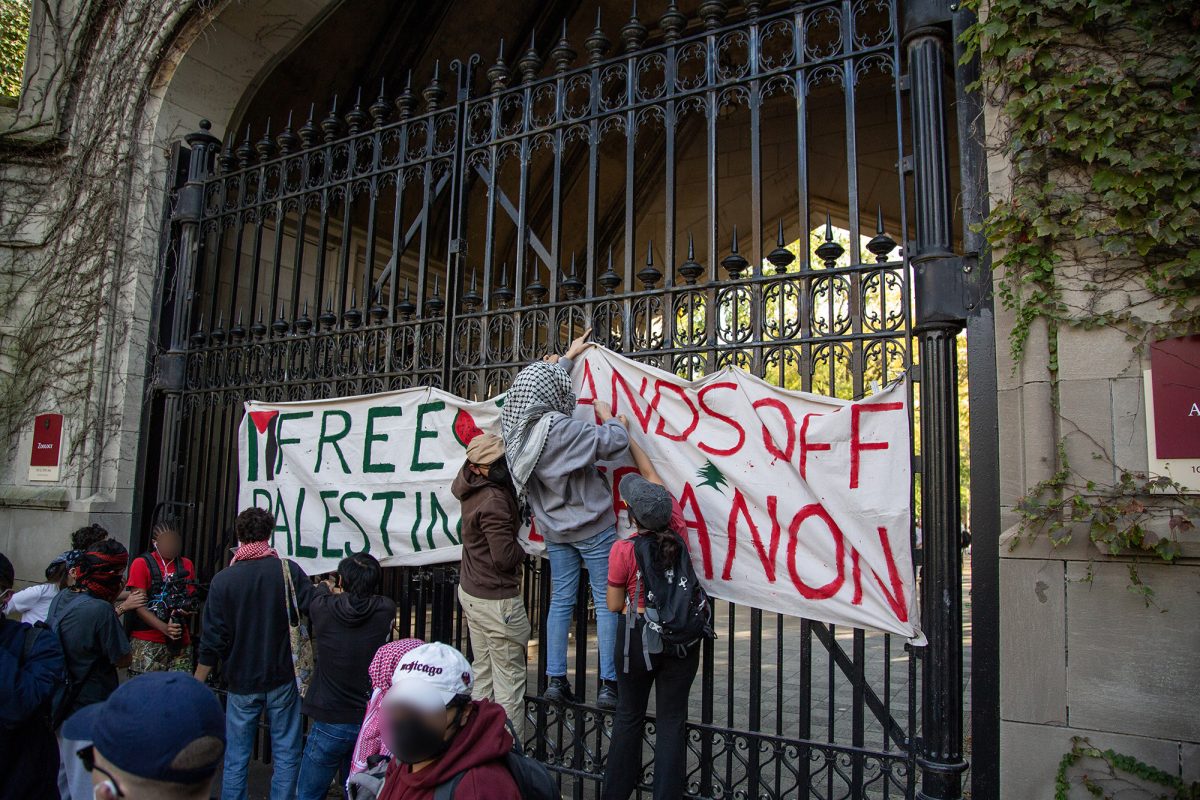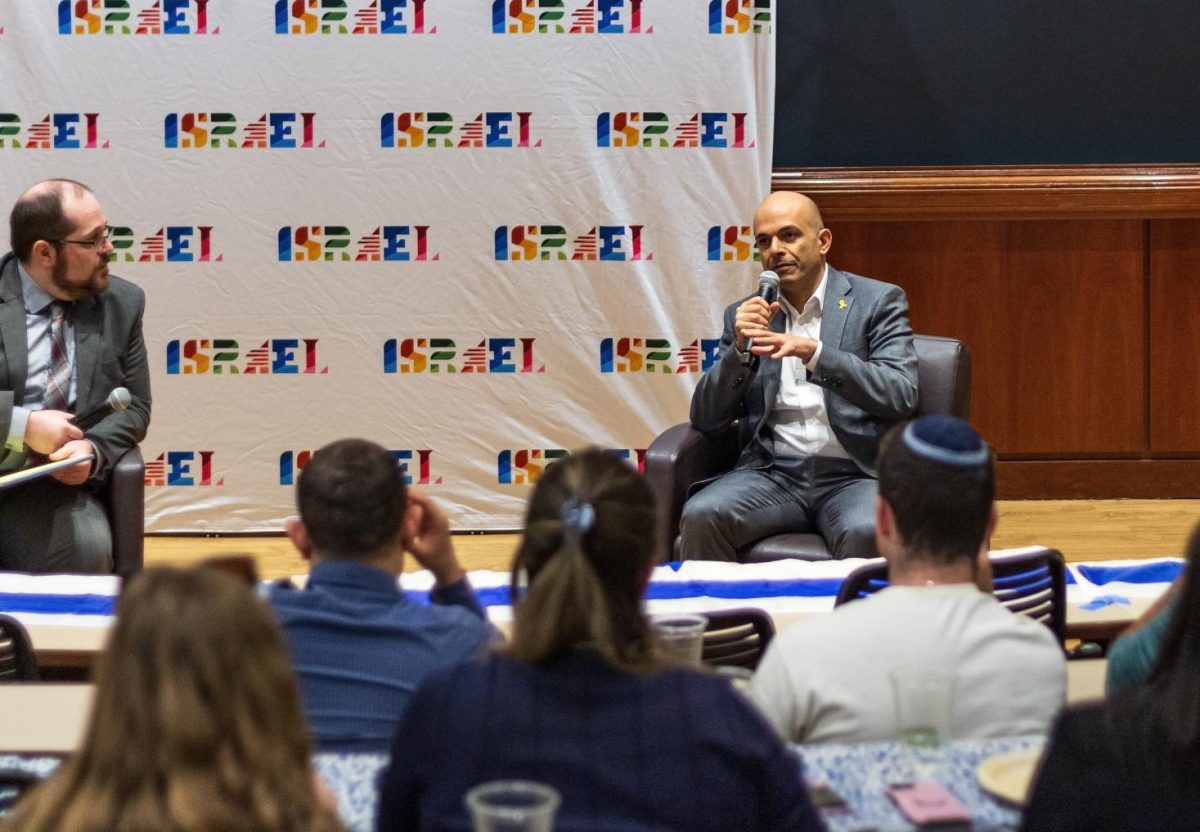The Hyde Park–Kenwood Community Conference (HPKCC), a neighborhood civic organization, launched several initiatives this week to solicit input on the upcoming redevelopment of Harper Court.
The group has contacted local designers to conceptualize a developed Court, and created a survey at the behest of Alderman Toni Preckwinkle to gauge Hyde Park residents’ opinions on the possibility of development in order to increase community input on the plans, said HPKCC president George Rumsey.
Harper Court, a shopping center on South Harper Avenue and 53rd Street, was built in 1965 in an effort to support local businesses after many were displaced by urban renewal projects.
Currently, however, Harper Court is in a state of disrepair, Rumsey said.
“The buildings are deteriorating, there’s a high vacancy rate, and there is a sense that the people managing it don’t know how to fix it,” he said.
These problems caused the Harper Court Arts Council, the mall’s owners, to look for buyers to redevelop the property. After announcing their intentions to sell in 2002, they made no progress, prompting Preckwinkle to step in.
According to HPKCC minutes from April 2006, Preckwinkle announced that due to the failure of the Arts Council to make a sale, she had decided to shift the responsibility for seeking a buyer to the city. She also decided to include an adjoining city-owned parking lot with the parcel of land to be sold in order to increase desirability of the land.
Rumsey said that despite Preckwinkle’s move, plans for Harper Court’s redevelopment stalled again.
In an effort to bring momentum back to the project, Preckwinkle asked HPKCC “to solicit community responses on how to move forward on Harper Court,” Rumsey said. The group responded by creating the survey now on its website.
The questionnaire asks respondents to rate the importance of various aspects of the redevelopment, like the inclusion of residential space or 24-hour accessibility.
“It’s really quite remarkable,” Rumsey said. “[In the four days] it’s been up, we’ve had 539 responses.”
According to Rumsey, the most important qualities identified by participants so far are well lit nighttime ambiance and a strengthening of the pedestrian character of 53rd Street.
Rumsey said he hopes that the results from the survey will allow the Hyde Park community to have some influence over what happens to Harper Court.
In an HPKCC meeting Tuesday, James Wilson, project manager of the Fourth Ward at the Department of Planning and Development, said that community input would be taken into consideration in Harper Court’s redevelopment.
“We will be using the most open and transparent process the city has,” he said.
This process involves the drafting of a list of requirements that potential developers must follow if they wish to take on the project. Wilson said that input from residents will be taken into account during the drafting of the initial version, and kept open the possibility of submitting this version to the community for a commenting period.
HPKCC also recently contacted Romero Cook Design Studio, a local design firm, to envision Harper Court’s redevelopment.
Aaron Cook, a planner with the studio, drew up sketches of a new Harper Court for a meeting of HPKCC last Wednesday. Cook presented a series of four- to six-story mixed-use buildings with classic European design to the group, which reacted favorably.
“We look at architecture from a traditional standpoint,” Cook said. “Look at Europe and its pre–World War II buildings. They have everything viable and wonderful and beautiful.”
While Cook and Rumsey admitted that these plans would most likely not be the final design for Harper Court, they both cited the designs as an important step in deciding what to do with the space.
“There are a lot of vision statements, all this talk and nothing ever happens,” Cook said. “This design could serve as a catalyst for growth.”
“I don’t think or expect that’s what’s going to be built,” Rumsey said. “But it’s a thought process that allows the community to work with developers, architects, and political leaders.”
Cook also emphasized the role of students in his designs. Having recently been a student himself, as well as being married to a law student at the University, allows him to see the problems students have with Hyde Park, he said.
“We want to bring something to Hyde Park to have students stay in Hyde Park,” he said. “Students leave this area because there’s no reason to stay, no substantial retail or development.”
Rumsey echoed these sentiments, pointing to low student representation in the survey results.
“No consensus can be reached about the future of Hyde Park without student input,” he said. “They are an integral part of the community.”



